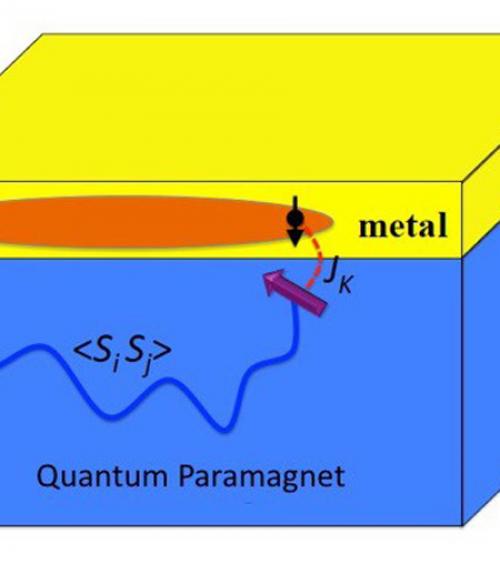
 Department Homepage
The College of Arts & Sciences
Department Homepage
The College of Arts & Sciences
Keck-funded group proposes new topological superconductor
The Keck Foundation announced in early July that it had awarded $1 million to a Cornell cross-campus collaboration of professors in engineering and physics aimed at turning theory into reality – namely, creating a specific topological superconducting material that could help pave the way to quantum computing.




